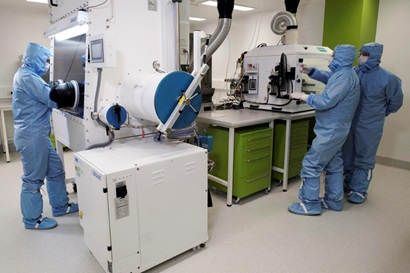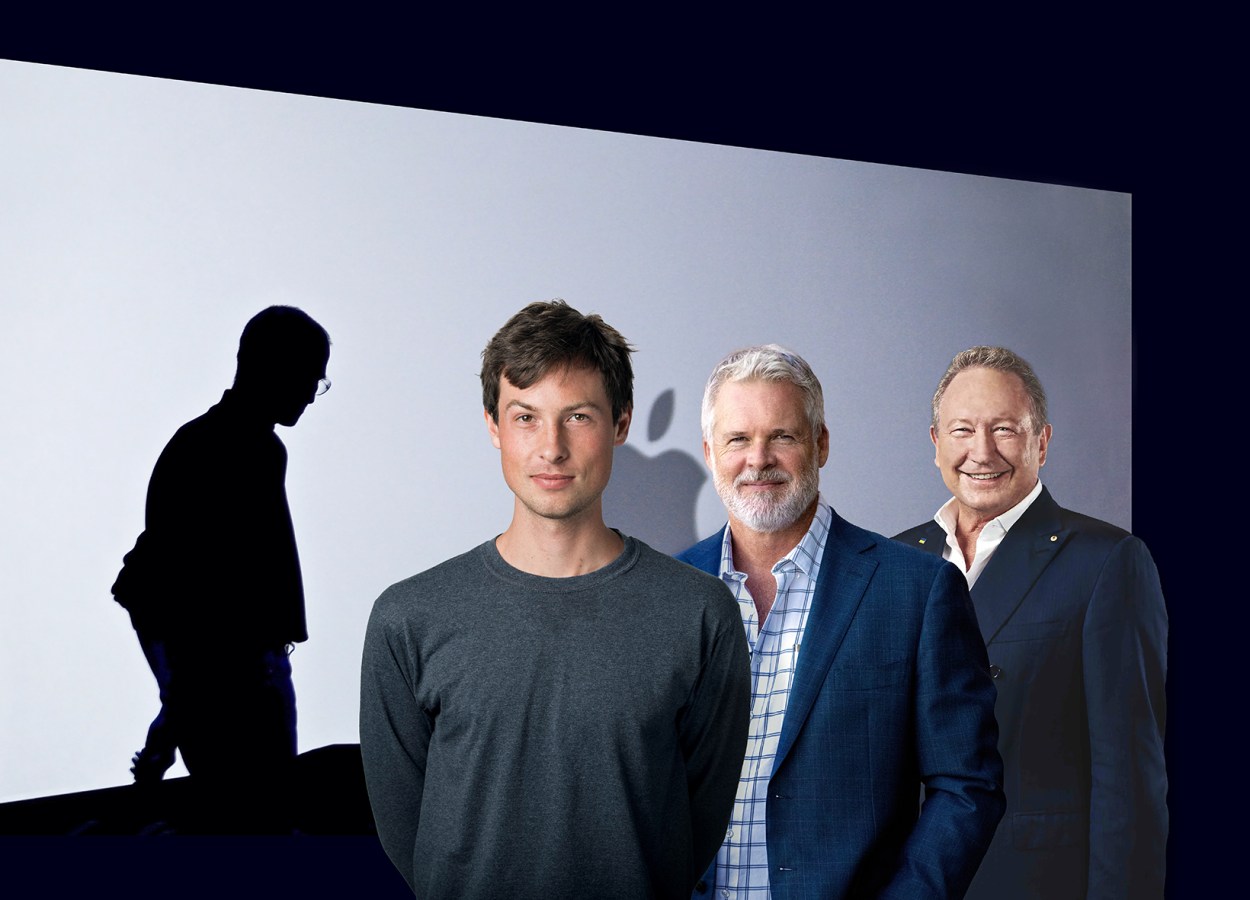Successful research translation isn’t a matter of pushing more intellectual property into the market. The real catalyst for impact lies in building researchers’ commercial capability from the outset, says CSIRO’s executive manager of Innovation Programs.

The introduction of Australia’s Economic Accelerator (AEA) and the rollout of the $15 billion National Reconstruction Fund Corporation (NRFC) mark a pivotal moment for Australian innovation.
With the much-anticipated AEA Ignite grants now announced and AEA Innovate grants on the horizon – supporting areas like renewable energy and medical sciences and many more – there’s a critical lesson from the past decade of research translation that must not be overlooked: funding alone isn’t enough.
Over the past few years, we’ve observed that successful research translation isn’t simply a matter of pushing more intellectual property into the market. The real catalyst for impact lies in building researchers’ commercial capability from the outset – ensuring they can navigate the journey from discovery to deployment.
Commercial capability: The missing ingredient
The success of initiatives like the NRF and AEA will ultimately depend on how well our researchers bridge the gap between the lab and the market. Recent success stories illustrate why this matters.
Take Quantum Brilliance, which is now building Australia’s first quantum diamond foundry, or ag-tech innovator Infinite Bioworks, which is developing aquatic cell technology for advanced materials and ingredients. Their breakthroughs weren’t just about technology; they stemmed from researchers who understood how to validate market needs and engage with industry early.

The numbers reflect this impact. While many startups struggle to survive long-term, it’s no surprise the majority of supported ventures (like those coming through our ON Innovation Program) continue to operate. This isn’t about picking winners – it’s about equipping researchers with the skills to make informed translation and impact decisions before substantial resources are committed.
The consequences of overlooking capability-building
The pandemic exposed a critical weakness in our innovation ecosystem. When capability-building programs were disrupted, we saw a marked decline in commercial acumen among researchers. This ‘capability gap’ underscored the need for continuous, systematic support to maintain impact.
Now, as the government prioritises research translation through major funding initiatives, we have a once-in-a-generation opportunity to reshape our approach.
However, traditional models that focus solely on late-stage commercialisation miss the point. The foundation for success is laid much earlier – at the research design stage – where translational thinking must be embedded from day one.
A smarter approach to research translation
To maximise their impact, we need to think differently about how we support researchers. Traditional approaches focusing solely on late-stage commercialisation overlook the crucial early stages where commercial thinking must be embedded into research design.
The medtech sector provides a compelling example. Our latest ON Accelerate 9 cohort intake has seen a surge in medtech and biotech innovations, likely fuelled by recent policy settings and funding priorities. However, their success will depend not just on technical excellence, but on their ability to navigate regulatory pathways, understand market dynamics, and engage with industry partners from the outset.

As we enter this new era of innovation investment, we face a choice. We can continue treating research translation as a downstream activity, or we can recognise it as a fundamental capability that needs to be built into our research culture from the ground up.
The evidence from a decade of empowering research translation shows the latter approach yields better outcomes. When researchers are equipped with commercial capabilities early, they make better decisions about research directions, engage more effectively with industry, and ultimately create more impact from their work.
The way forward
For the NRF, AEA, and similar initiatives to succeed, we need a systems-level approach – one that not only invests in priority sectors but also strengthens research translation capabilities to drive real impact.
This means scaling and supporting programs that build commercial acumen in researchers, fostering industry-research collaboration, and creating pathways for continuous skill development.
The next few years will be pivotal for Australia’s innovation future.
By embedding research translation capability at the heart of research, we can ensure that our significant national investments translate into real-world economic and societal impact.
Tennille Eyre is the Executive Manager of Innovation Programs at CSIRO.
Look back on the week that was with hand-picked articles from Australia and around the world. Sign up to the Forbes Australia newsletter here or become a member here.


